

"I have always been of the opinion that unpopularity earned by doing
what is right is not unpopularity at all, but glory."
- Marcus Tullius Cicero -


"I have always been of the opinion that unpopularity earned by doing
what is right is not unpopularity at all, but glory."
- Marcus Tullius Cicero -


Several famous figures lived in the Roman Empire. The Roman Empire was well-known for producing influential emperors, political figures, philosophers, and sometimes people from the lower class that impacted history both positively and negatively.
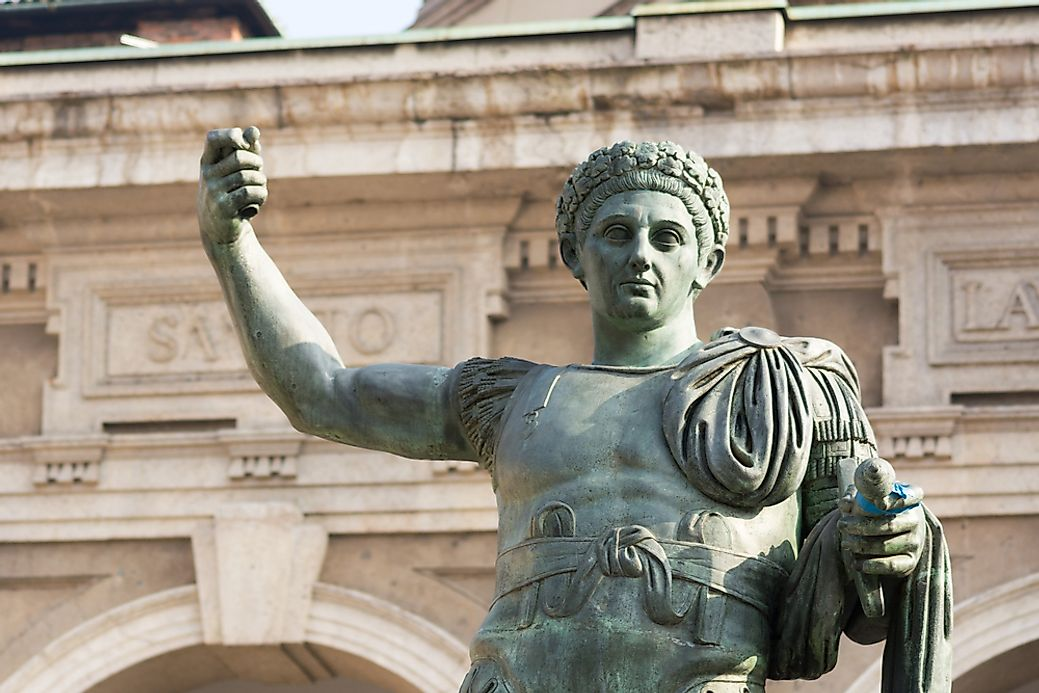
Tiberius Gracchus (163 BC - 133 BC)
Popularis Roman politician who saw
both the rich and poor equally. His ideas of aiding the peasants
in their struggles were unpopular among the senate.
Gaius Marius (157 BC - 86 BC)
Roman general and statesman. Reformed the Roman
army into one of the most powerful fighting forces in the world.
Spartacus (111 BC - 71 B.C)
Thracian gladiator. He lived as a slave
(gladiator) and led an uprising against the Romans.
Marcus Cicero (106 BC - 43 BC)
Roman statesman, lawyer, scholar, philosopher,
and academic skeptic. Very influential writer who made Latin a
popular language.
Julius Caesar (100 BC. - 44 BC)
Reign (dictator): 49 BC - 44 BC. Led a campaign
against the Gauls. Today's military forces study his tactics.
Augustus (63 BC - 14 AD)
Reign: (founder of Roman Empire): 27 BC - 14
AD. Born Gaius Octavius. Moved Rome away from a republic to an
empire.
Nero (37 AD - 68 AD)
Reign: 13 October 54 AD - 9 June 68 AD.
Infamous for reigning during the great fire in Rome that burnt
two-thirds of Rome despite Nero not being in Rome at that time.
Trajan (53 AD - 117 AD)
Reign: 28 January 98 AD - 11 August 117 AD.
Spanish at birth and first emperor born outside of Italy.
Accomplished remarkable feats during his reign.
Commodus (161 AD - 192 AD)
Reign: 180 AD - 31 December 192 AD. Failed his
duties as an emperor and undid most of his father's (Marcus
Aurelius) accomplishments. Wanted to become a gladiator instead.
Constantine (282 AD - 337 AD)
Reign: 25 July 306 AD - 22 May 337 AD. Alive
during the time when Rome split up. Defeated all the other
possible emperor candidates and relocated the Roman capital to the
east in Byzantium. Renamed Byzantium to Constantinople.
Tiberius Gracchus (163 BC - 133 BC) was born in one of Rome's most elite families. He was a Popularis Roman politician who cared for the poor. He was also a distinguished officer who saved more than 20,000 Roman soldiers during the Third Punic War. His views were not popular among his fellow politicians. Eventually, his opponents assassinated him.
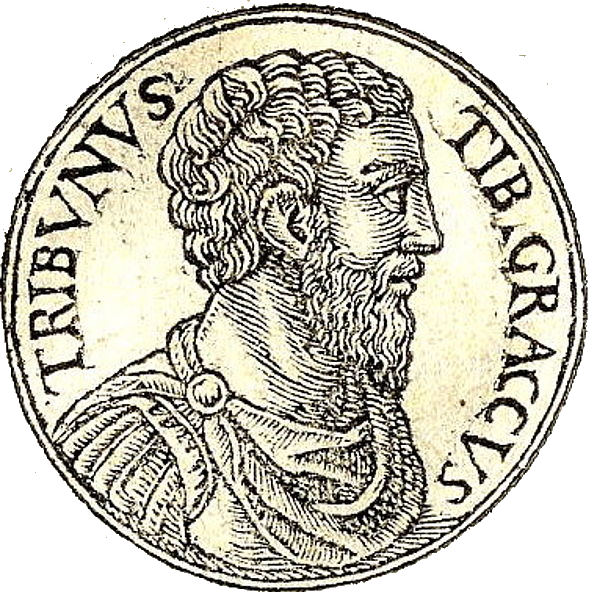
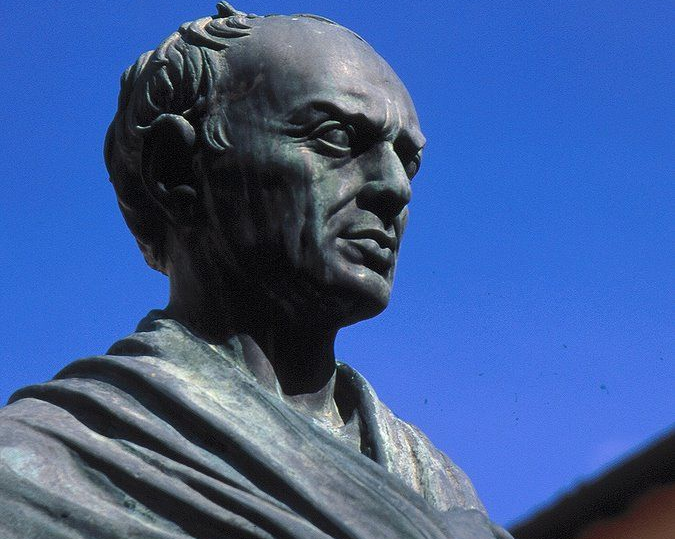
Gaius Marius (157 BC - 86 BC) was a Roman general and statesman. As a military genius, he reformed the Roman army into one of the most powerful fighting forces in the world. Recruitment of men was too low for the Romans to defend themselves from nearby German tribes. Gaius Marius forever helped the Roman military legions modify their ways of engaging an enemy and win the battles of Aquae Sextiae and Campi Raudii. People elected him as a consul seven times in a row.
Spartacus (111 BC - 71 B.C) was a Thracian gladiator who fought in Roman arenas. He came from the Thracian tribe of the Maedi. According to Florus, Spartacus was a Thracian mercenary who worked as a Roman soldier, deserted his unit, and became enslaved as a gladiator. First, he convinced 70 gladiators to revolt against the Romans and escape to Mount Vesuvius. After two years, Spartacus and his men formed a rebellious army of 70,000 individuals. Alerted of the uprising, the Roman Senate killed Spartacus and his army.
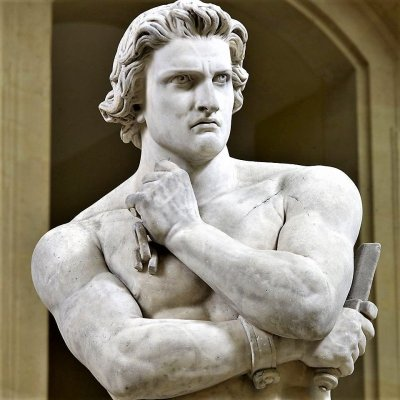
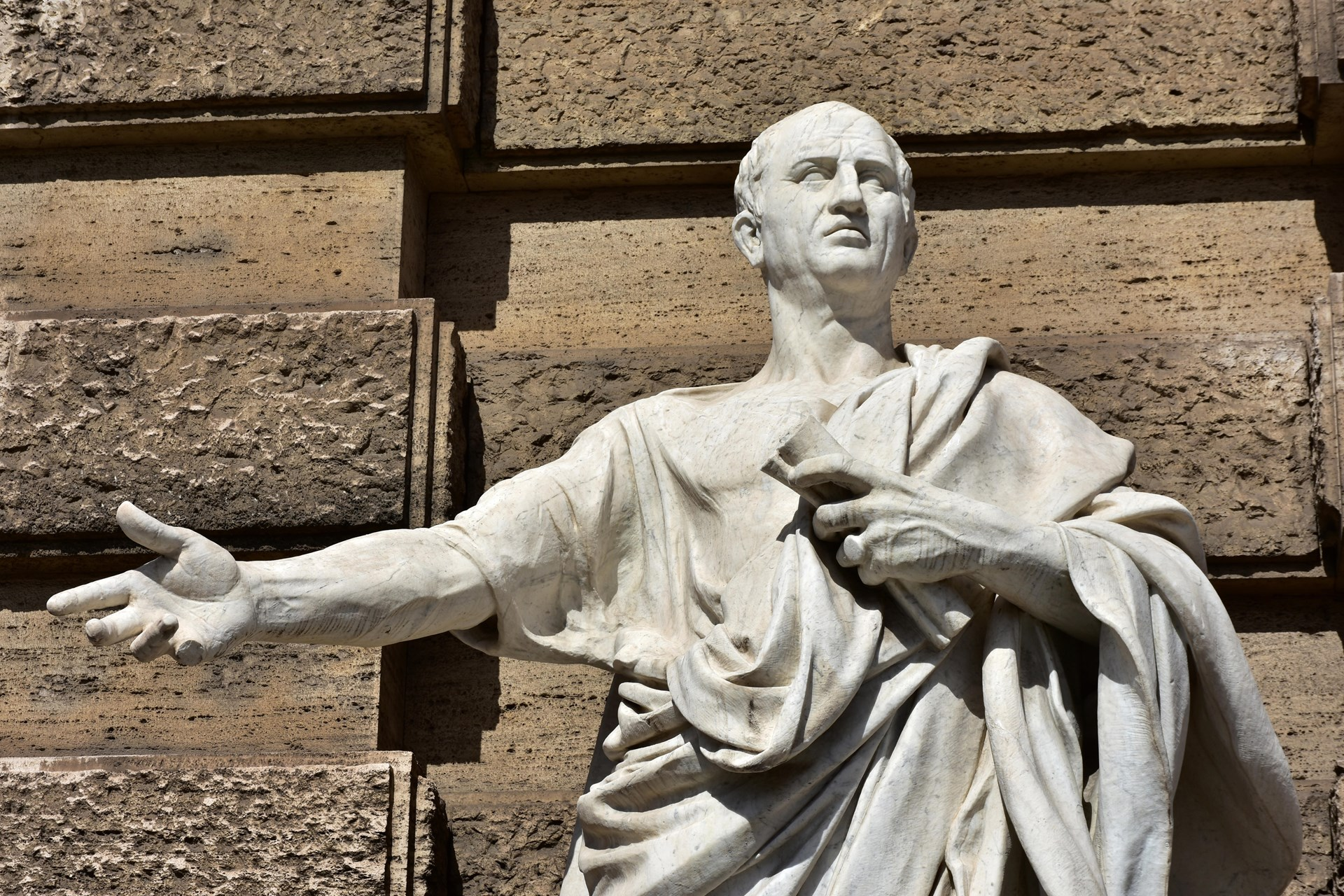
Marcus Cicero (106 BC - 43 BC) was a Roman statesman, lawyer, scholar, philosopher, and academic skeptic. Marcus Cicero was one of Rome's greatest writers and orators. He wrote several books that popularized the Latin language for future generations. His six books on rhetoric and fragments of eight others still survive today.
Julius Caesar (100 BC. - 44 BC) was a self-proclaimed dictator and brilliant military tactician who led Rome to glory. He reigned from 49 BC until his assassination on March 15, 44 BC. His successful campaigns against the Gauls and territories in England and Germany expanded the Roman borders into lands previously unknown to Romans. Many military personnel today study Julius Caesar's military tactics.
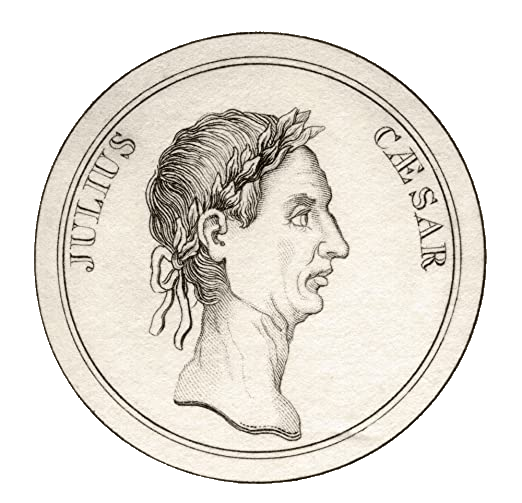
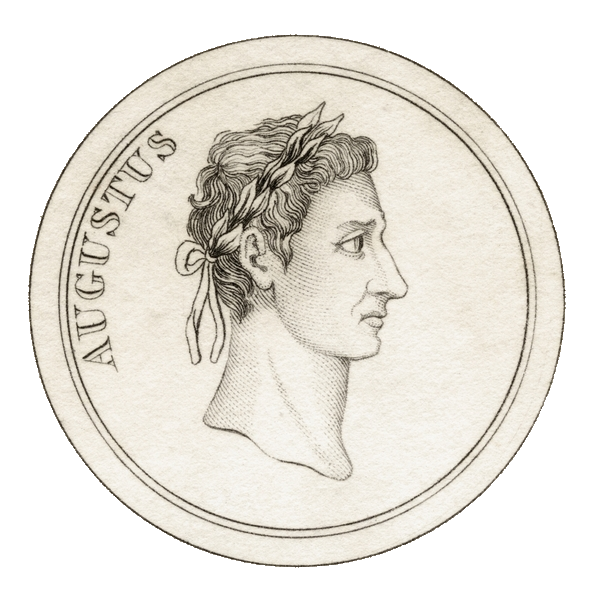
Augustus (63 BC - 14 AD), né Gaius Octavius or Octavian, was a the first Roman emperor and the founder of the Roman Empire. Octavian reigned from 27 BC until his death in AD 14. He transformed Rome from a republic to an empire. Due to his great ambitions, the Roman Senate renamed Octavian into Augustus. Despite having opposition, Augustus stood strong. During his reign, Augustus built roads, aqueducts, and many famous buildings.
Nero (37 AD - 68 AD) was one of Rome's most infamous emperors. His reign lasted from October 13, 54 until his suicide on June 9, 68. He reigned during the great fire that burnt two-thirds of Rome. According to modern legend, Noro played the fiddle while the fire continued burning. However, the fiddle was not invented around that time. According to eye-witness Tacitus, Nero was at Antium at the time of the fire. Tacitus stated that rumors of Nero wanting to burn Rome were never confirmed. There is no evidence of Nero starting the fire, but Nero compared the disaster to the destruction of Troy and blamed the Christians and Jews. The Roman Senate declared Nero a public enemy. While fleeing from the Roman Senate, Nero committed suicide on June 9, 68 AD.
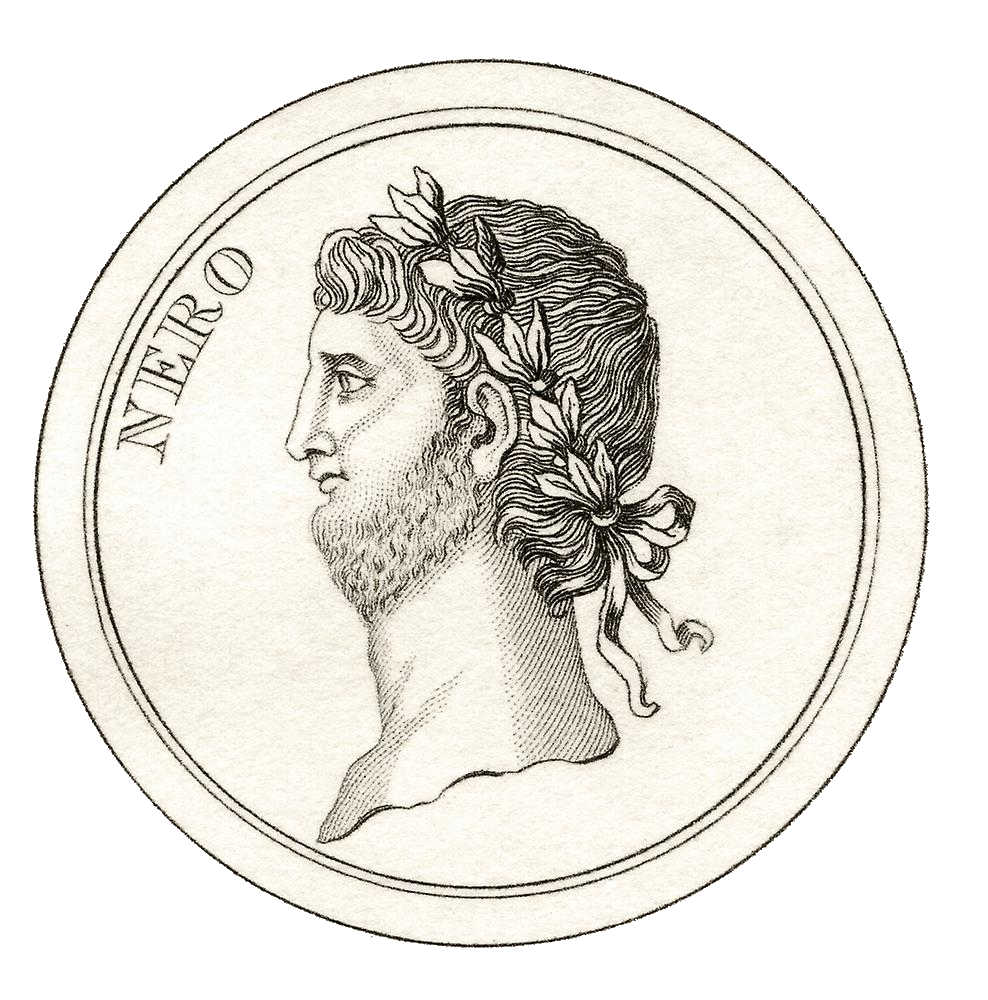
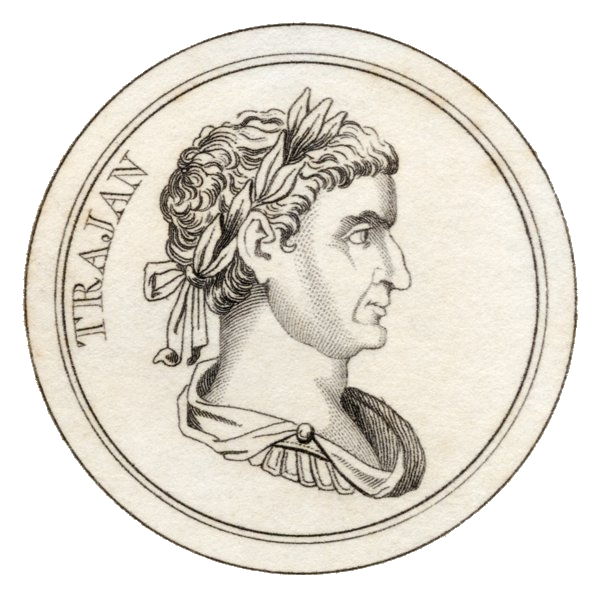
Spanish-born Trajan (53 AD - 117 AD) was the first emperor born outside of the Italian peninsula. He reigned from January 28, 98 until his death from edema on August 11, 117. Under his father's reign, Trajan served as a soldier and possessed wisdom and dignity. Like Augustus, his ambitious military conquests gave Rome the second-greatest military expansion in Roman history. As Trajan expanded the empire, he built many new roads and harbors. He also gave free grain to the poor and helped the poor people and children.
Commodus (161 AD - 192 AD) was one of Rome's most infamous emperors. He reigned from 180 AD until his assassination on December 31, 192 AD. Unlike his father, Marcus Aurelius, the Romans perceived Commodus an irresponsible man who failed his duties as an emperor. He undid most of his father's (Marcus Aurelius) accomplishments and could not live up to his father's standards. He lacked interest in government life. Commodus styled himself after Hercules and aspired to become a gladiator instead. He often dressed as Hercules with a club and lions skin. His lavish lifestyle in the arena drove the Roman Empire into bankruptcy. Unsatisfied with Commodus spending too much time as a gladiator and an incompetent emperor, the Roman Senate hired an athlete named Narcissus and successfully assassinated Commodus.
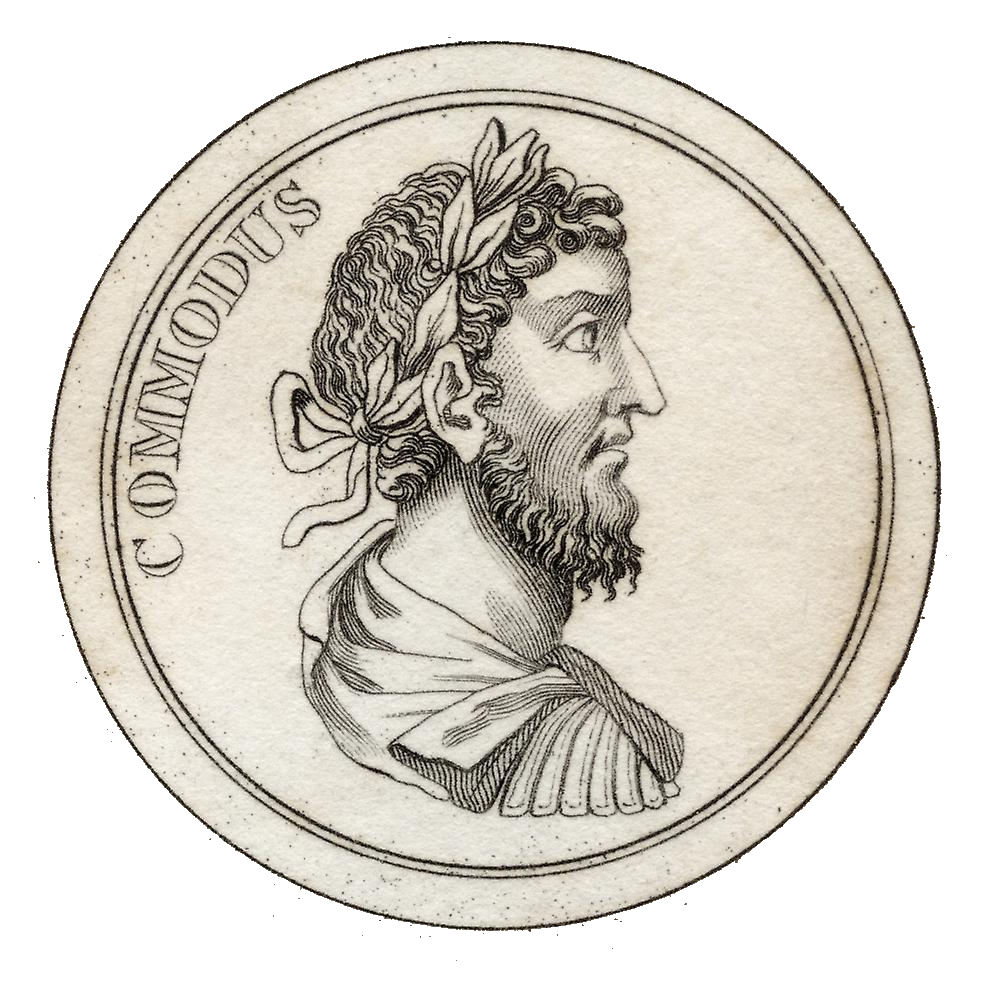
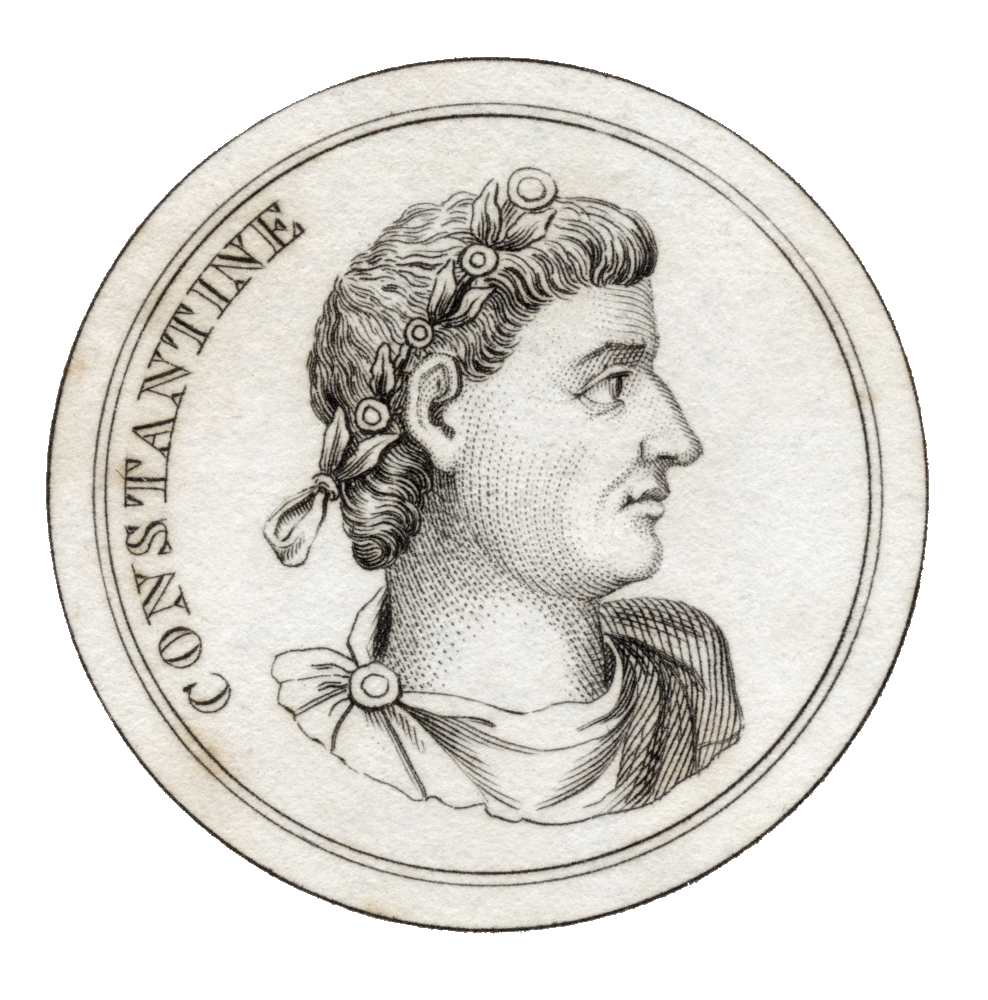
Constantine (282 AD - 337 AD), also known as Constantine the Great, was alive when the Roman Empire was divided between many different rulers in the third century AD. Constantine defeated all the possible emperors and united the divided lands in the Roman Kingdom. He was the first Christian Roman emperor and legalized Christianity, making Christianity the official religion of the empire. He later relocated the Roman capital of Rome to the east in Byzantium. Unsatisfied with the name of Byzantium, he renamed the new capital to Constantinopolis. He reigned from July 25, 306 AD until his peaceful death on May 22, 337 AD.
